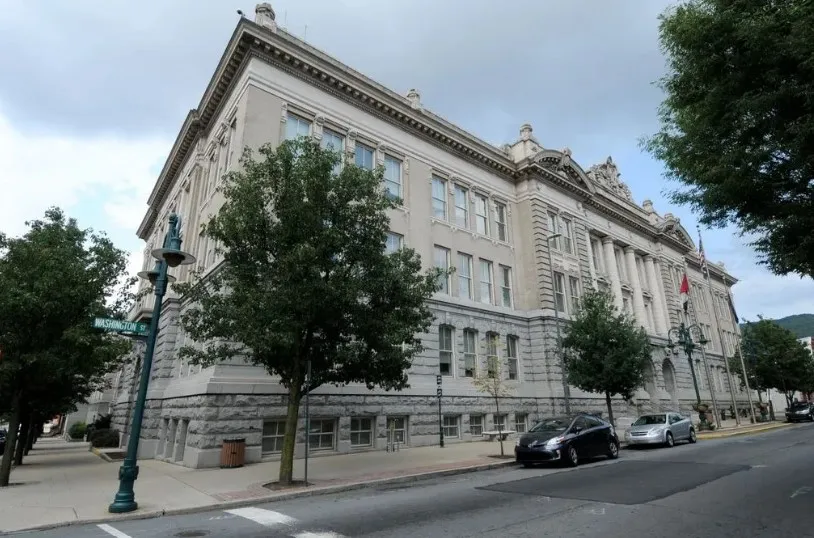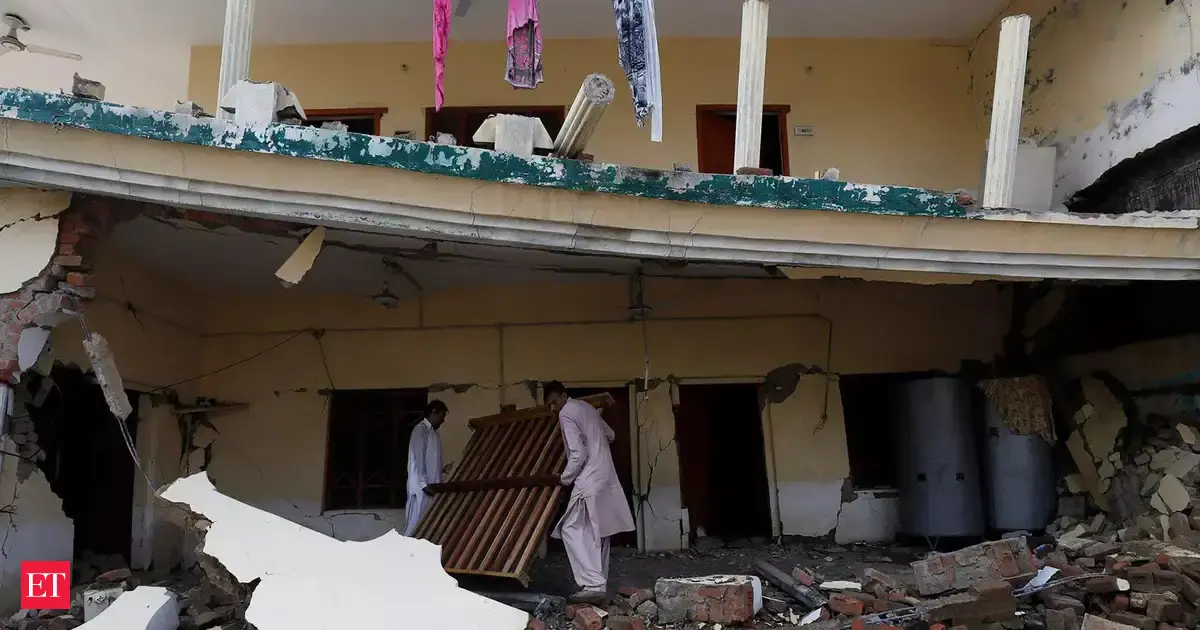Copyright Reading Eagle

For information on submitting an obituary, please contact Reading Eagle by phone at 610-371-5018, or email at obituaries@readingeagle.com or fax at 610-371-5193. Most obituaries published in the Reading Eagle are submitted through funeral homes and cremation services, but we will accept submissions from families. Obituaries can be emailed to obituaries@readingeagle.com. In addition to the text of the obituary, any photographs that you wish to include can be attached to this email. Please put the text of the obituary in a Word document, a Google document or in the body of the email. The Reading Eagle also requires a way to verify the death, so please include either the phone number of the funeral home or cremation service that is in charge of the deceased's care or a photo of his/her death certificate. We also request that your full name, phone number and address are all included in this email. All payments by families must be made with a credit card. We will send a proof of the completed obituary before we require payment. The obituary cannot run, however, until we receive payment in full. Obituaries can be submitted for any future date, but they must be received no later than 3:00 p.m. the day prior to its running for it to be published. Please call the obituary desk, at 610-371-5018, for information on pricing. Reading City Council heard a detailed overview of the city’s proposed 2026 Community Development budget and federal grant spending plan. Community Development Director David Barr briefed council Wednesday during a committee of the whole meeting. Barr said the department’s total proposed spending for 2026 is $19.7 million, funded through a mix of general fund allocations, fees, and state and federal grants. Of that amount, $12.7 million would come from Community Development Block Grant, or CDBG, HOME Investment Partnerships and Emergency Solutions Grant, or ESG, programs. The remaining $7.1 million would come from the city’s general fund and cover operations for property maintenance, trades inspection, zoning, planning and administration. About 70% of that would go toward salaries and benefits, Barr said. The total is roughly 2% lower than the department’s 2025 request, a reduction Barr attributed to budget tightening. “Community Development is not in the business of making money for the city,” he said, noting, however, the department does generate significant revenue from permits, licenses, fines and fees. Those revenues are projected at $4.7 million next year, about 10% less than the 2025 projection but consistent with current-year performance. Factoring in revenues and grants, Barr said the net cost to city taxpayers for the department’s work is projected at $2.4 million in 2026, up from about $2 million this year. The increase, he said, reflects his intent to fill longstanding vacancies. The department has 69 positions, with 12 vacant, Barr said, noting no new positions are being requested for 2026. “My focus has been and will continue to be filling vacancies,” he said, noting that several inspector roles remain open, particularly in the Buildings and Trades division. Council President Donna Reed asked whether the department would continue to rely on outside consultants if those specialized inspector positions remain unfilled. Barr said consultant contracts will continue as needed but are more expensive than in-house staff. “Filling my vacancies, I see as key,” he said. Barr highlighted several divisions during his presentation: • Property Maintenance and Inspection employs 29 people and enforces property upkeep standards across the city. The division’s budget is about 1.8% lower than in 2025, with most costs in salaries and benefits. The unit generates $1.4 million in fees and fines, he said, and has helped spur residents to take greater responsibility for neighborhood conditions. • Zoning and Planning is budgeted at $961,000, about 10% less than 2025. Four of its 11 positions are vacant. Barr said he hopes to fill the long-vacant zoning administrator role within the next month. • Trades Inspection, which reviews permits for electrical, plumbing and HVAC work and oversees emergency demolitions, remains the most understaffed, with three of eight positions open. Its 2026 budget is 13.9% lower than this year’s. • Community Development Administration manages multiple grant-funded programs, including homelessness initiatives and the city’s Code Blue emergency shelter funding. Its 2026 request is 2% below 2025 and includes $350,000 for Code Blue operations. The department also oversees the Reading Redevelopment Authority and City Revitalization and Improvement Zone, or CRIZ, programs, which focus on redevelopment and economic investment. Barr said the city expects nearly $12 million in federal revenues next year from CDBG, HOME and ESG programs, down from $15.8 million in 2025. The reduction is largely due to the expiration of a federal health literacy grant and remaining COVID-related funds. Council members and City Auditor Maria Rodriguez raised several questions about discrepancies between the 2025 and 2026 budget books, particularly involving salary lines and contracted services. Finance Director Jamar Kelly said some differences were due to accounting corrections and system updates that adjusted previously closed purchase orders. Following the general budget presentation, Barr outlined the 2026 CDBG Action Plan. The plan details how federal grant dollars will be spent on housing, code enforcement, demolitions and community improvements. Planned projects include continued support for blight removal, façade restoration, small-business development and community policing. Barr said Reading’s share of federal funds for 2026 is expected to include about $2.2 million in CDBG funding and $800,000 through the HOME program. ESG funds, which support homelessness prevention and emergency shelters, remain uncertain pending possible changes to federal program structures. Barr said the city is working closely with the Berks Coalition to End Homelessness and local shelters on winter preparations. Shelter space for single men and women has been secured, but the city and its partners are still seeking a location to accommodate families during Code Blue events. The proposed 2026 Community Development budget and action plan will be reviewed further before the city’s final budget adoption later this year.



